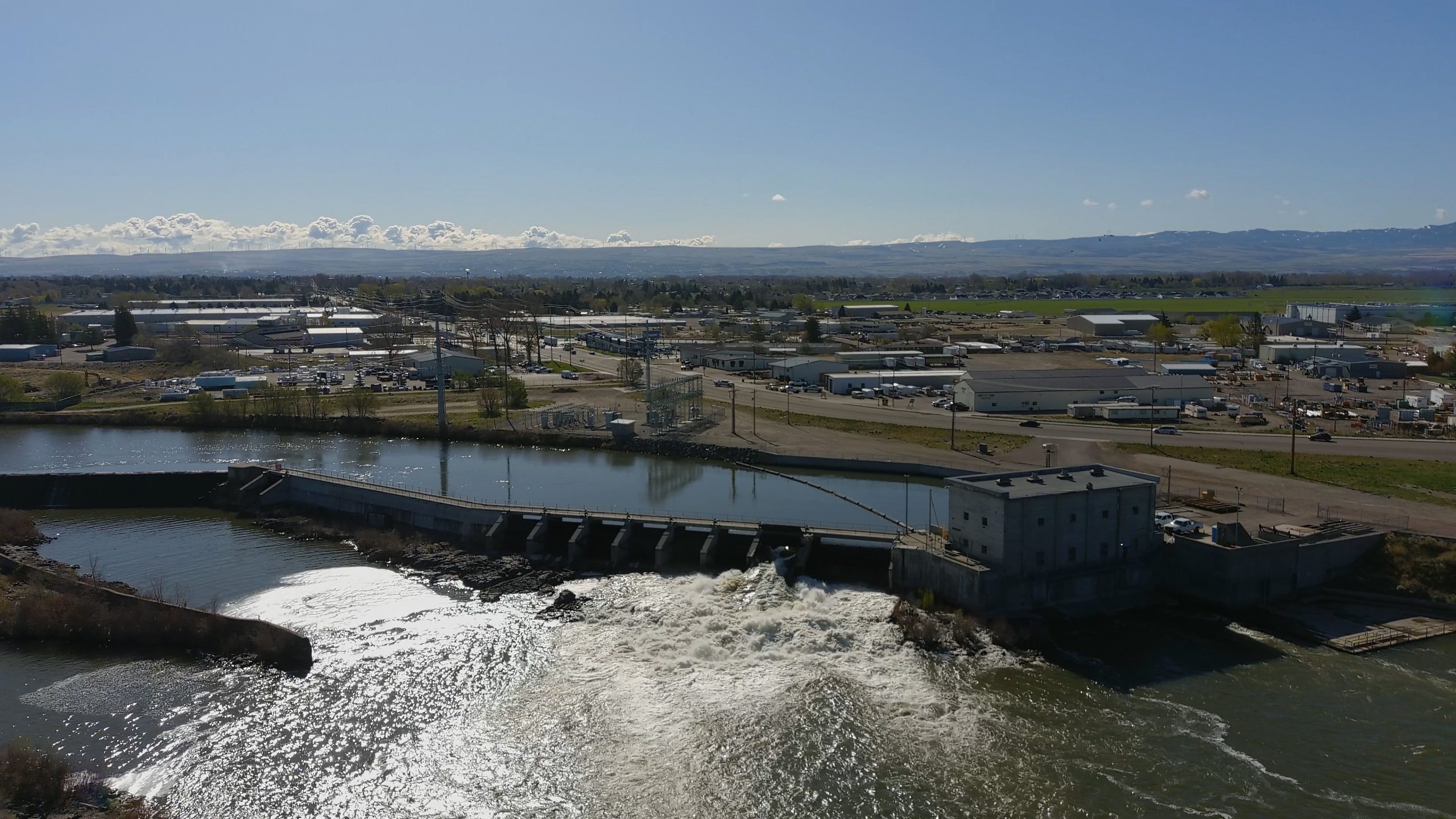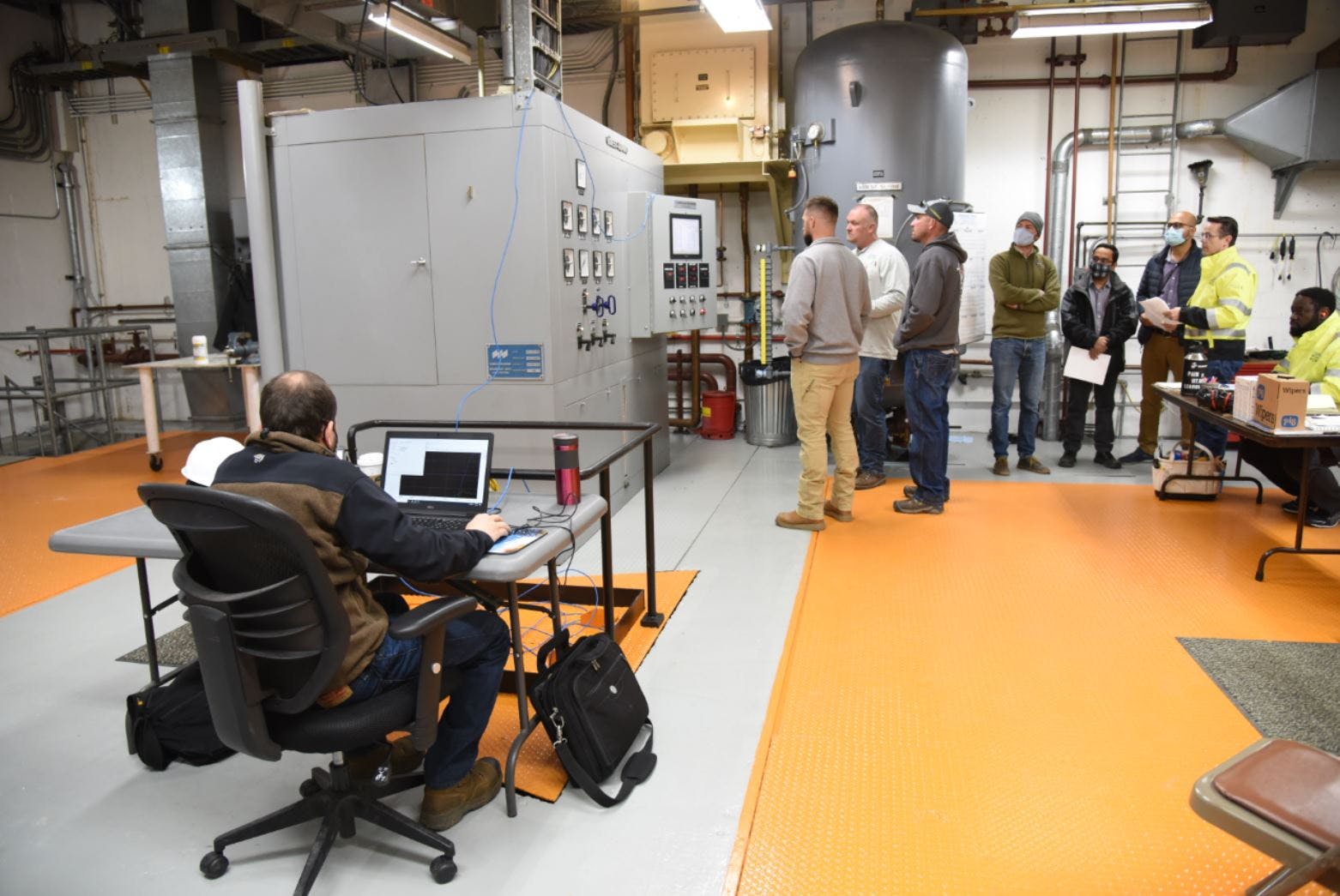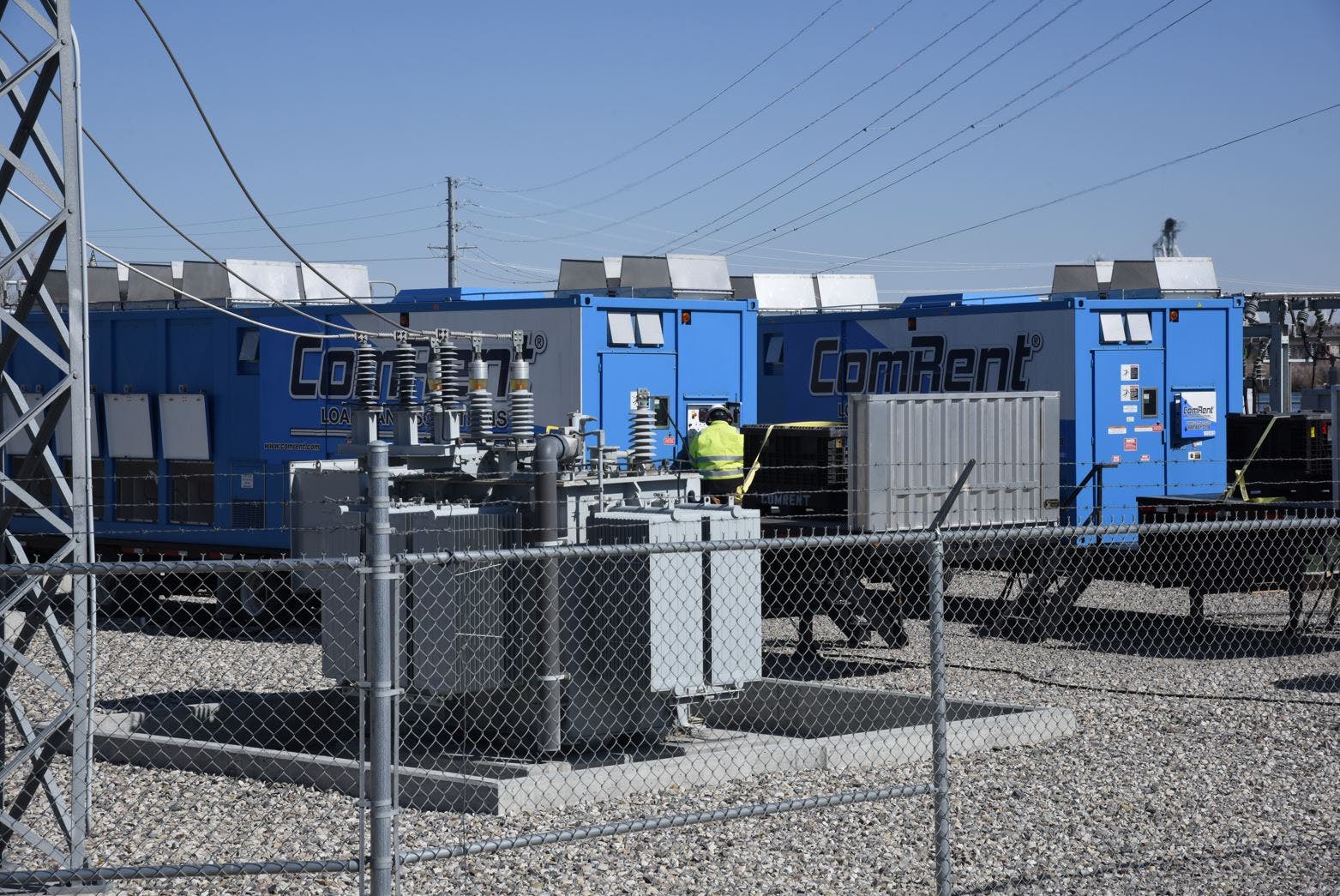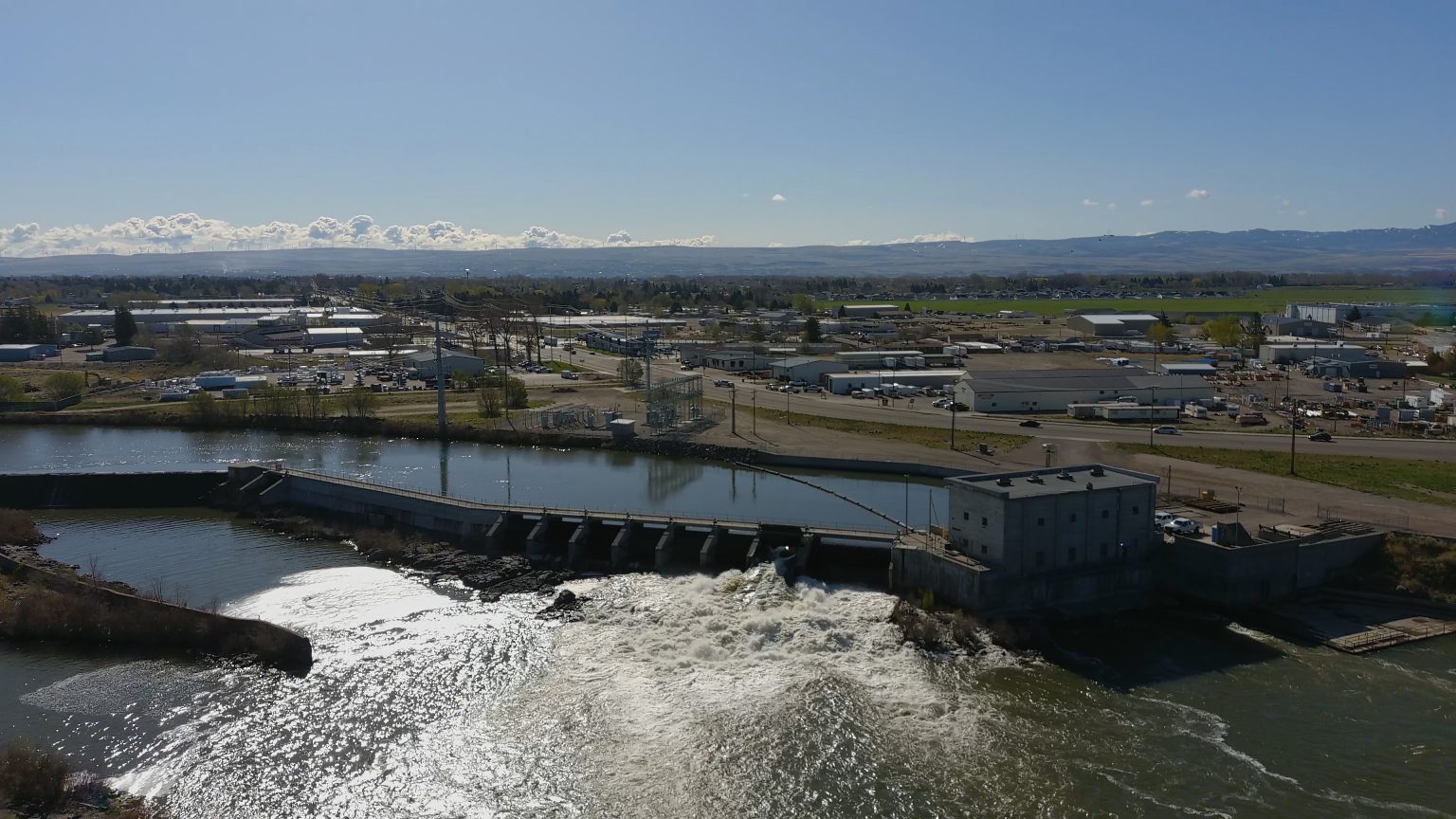The poet John Donne said no man is an island. Instead, everyone is part of a greater community.
The same is true for power plants – most of the time. Normally, plants connect to the grid and help each other as needed. During a regional blackout, a power plant can be switched to “islanded” mode, operating as a local resource that serves only nearby critical customers. To accomplish this, after a black-out, plant operators need to conduct a black start, the process of restoring power using other resources, like dam-based hydropower. After that, plants can provide electricity to emergency services like hospitals, fire stations and the police.
Now, technology developed by Idaho National Laboratory (INL) can be used to support smaller, regional hydropower plants that normally wouldn’t have the capability to black start and operate as an islanded grid. This technology expands the usefulness of existing small hydropower plants, which are normally unable to black start on their own.
“This is using hydropower plants in a new way to meet customer needs in an emergency situation,” said Thomas Mosier, INL energy systems group lead.

Field test with Idaho Falls Power
INL and Idaho Falls Power, a local utility, demonstrated in an April 2021 field test that energy stored in ultracapacitors along with innovative controls can help initiate a black start and enable plants to reliably operate in islanded mode. Idaho Falls hydropower plants could potentially supply electricity to keep hospitals, emergency services, and other critical resources running in the event of a widespread power outage.
“It opens up capabilities for a lot of communities that have small hydropower plants like ours,” said Ben Jenkins, who is managing the project for Idaho Falls Power. “It helps Idaho Falls, but it could have a much broader impact across the national grid.”

Outages can happen during weather extremes, like the cold snap that struck Texas in February. In such a situation, first responders and emergency service providers are in the greatest need for electricity. Eastern Idaho went through such an outage in December 2013 when thousands of residents and emergency services lost power during a regional blackout. Idaho Falls Power contacted INL for help after this event.
The city-owned utility has five hydropower plants along the Snake River, which together generate about a third of the city’s electricity and can support emergency needs. However, small hydropower plants can’t restart a local grid, in part because they can’t quickly respond to changing demand. They need a way to smooth out the peaks and valleys, including the sharp spikes and dips that arise when restarting a grid.
That’s where ultracapacitors come in. Essentially large industrial batteries, these devices can store and release electricity on demand very quickly, as demonstrated in this animation. The addition of ultracapacitor technology makes it possible, when carefully designed and controlled in unison with the existing hydropower plants, to restart a grid. The April field demonstration showed that the ultracapacitors worked as expected when connected to the hydropower generators. For testing, the hydropower plants and ultracapacitors were connected to load banks that mimicked the spikes and dips of actual islanded conditions.
From laboratory to real world
This successful test resulted from months of hard work by Idaho Falls Power and INL. Because electricity can mean the difference between life and death, the U.S. has strict regulations to ensure its availability. INL’s team first tested a simulated version of the approach in their Digital Real-Time Simulation laboratory.

“We’ve done modeling and simulations for several years,” Mosier said. “Digital real-time simulation and lab-based modeling enables us to design the system with a high degree of confidence and validate it in our controlled environment before connecting it out in the real world.”
The demonstration with Idaho Falls Power proved the approach could support an emergency event requiring a local black start and grid islanding. Looking forward, Mosier said the technology could benefit many small hydropower plants, such as those along irrigation systems in the Western U.S. and rivers across the nation. Adding energy storage devices like ultracapacitors and control technology would enable them to improve local grid resilience and preparedness for emergency situations.
‘Hydropower is a natural backbone’
Finally, the INL approach fits in with a future where solar, wind and other renewables are increasingly important to the grid. In this scenario, multiple types of renewable resources could be integrated to support local communities during a crisis.
“Hydropower as a renewable resource is a much more predictable and steady output than wind or solar. So, if you want this renewable electricity generation capability, hydropower is a natural backbone for it because of that,” Mosier said.





